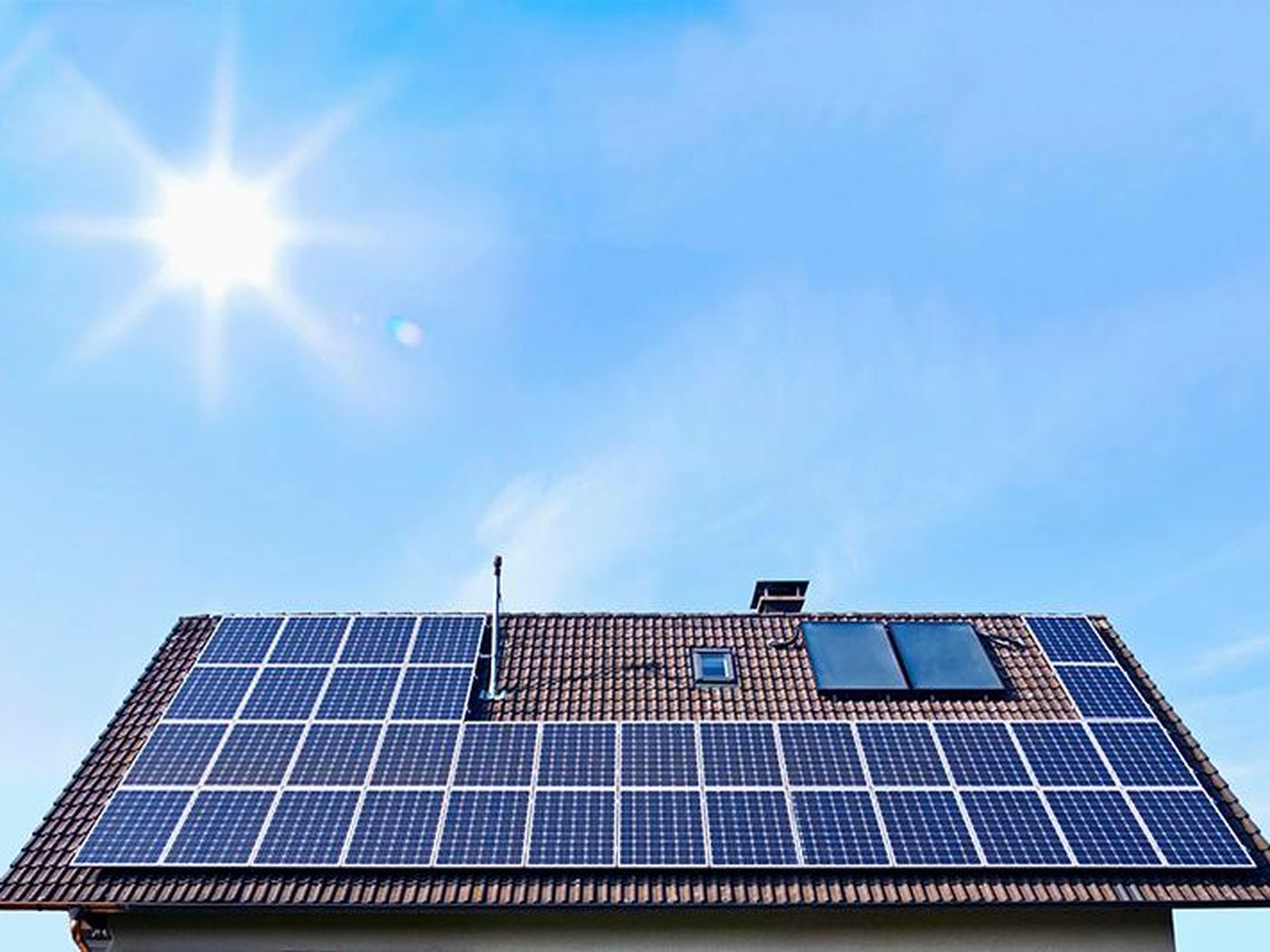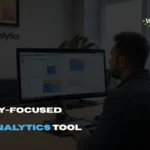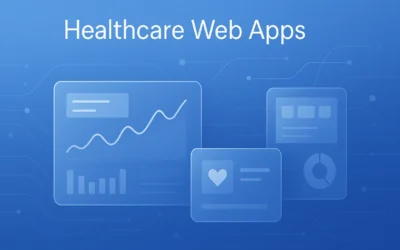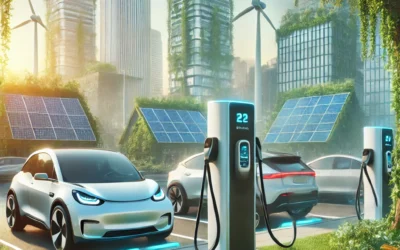 Did you know that if every American home were to switch to solar power, it would reduce pollution by 57% and cut greenhouse gas emissions by 33%?
Did you know that if every American home were to switch to solar power, it would reduce pollution by 57% and cut greenhouse gas emissions by 33%?
Solar power has been rising in popularity for years, and for excellent reason. Are you interested in learning a little more about how does solar works? If so, you’ve come to the right place.
Keep reading to discover everything you need to know about going solar.
Effects on the Environment
Solar power uses energy from the sun to generate electricity. The technology is based on a simple principle. The energy of the sun is trapped and converted from light energy into electrical energy.
In most systems, solar panels are used to collect and convert sunlight into electricity. This resource is then stored in a battery for later use or sent to the user.
The environmental benefits of solar power are immense.
This technology is a renewable and clean source of energy, with no emissions or pollutants to harm the environment. Its decentralized nature reduces the losses of energy associated with large-scale electricity grids, meaning less energy is consumed. It is reliable, scalable, and cost-effective.
This is an attractive option for both homeowners and businesses alike. Finally, converting sunlight into electricity requires no fuel. This means no depletion of our finite resources.
The Science of Solar Power
To better understand how solar power works. One must understand the science behind the technology. PV cells contain a semiconductor material, such as silicon, that absorbs the sun’s energy.
When sunlight strikes the cell, the electrons inside the cell gain energy, and this creates an electrical flow that can be diverted and stored. This electricity can then be used as a power source. Solar energy technology is a great way to reduce energy.
Solar Panels and Installations
Solar panels and installations capture energy from the sun and store it in batteries, which can then be used for a variety of uses. Solar works by converting the sun’s energy into electricity using photovoltaic cells. Essentially, photovoltaic cells convert solar energy into electrical energy.
Which is then fed into the power grid, allowing for more efficient use of the energy available. Solar panels can be installed on residential rooftops, and many business owners use them to power their buildings.
Benefits of Solar Energy
Solar energy is energy that is produced through the conversion of sunlight into electricity. Most often, it is produced by photovoltaic panels, and although other technologies exist, they are the most commonly used. Solar energy works by converting the sun’s rays into DC (direct current) electricity, then inverting that energy into AC (alternating current) electricity, which is what powers most of the devices we use in our homes.
Solar energy has a variety of solar benefits, chief among them being its cost-effectiveness. Electric bills are reduced, as the sun is an essentially free energy source.
Financial Impact
Solar energy is a clean, renewable form of energy with great financial impact. Solar cells, also called photovoltaics, capture the sun’s energy and convert it into solar electricity.
Solar panels are arranged in array form and connected to an inverter, which transforms the solar energy into usable electricity that can power home appliances and electronics.
The financial impact of solar energy is far-reaching, from reducing the cost of electric bills and creating jobs to helping to stabilize energy prices and protect the environment for generations to come.
Technology Developments
Solar energy has become one of the most widely used renewable energy sources in recent years, thanks to major technology developments. Solar energy is produced by having photovoltaic cells absorb light from the sun. These cells will then convert the light into direct current electricity.
This current is then converted into an alternating current, which is used to run appliances and provide power to homes and businesses. In addition, modern solar panels have increased efficiency levels, allowing more energy to be gathered in less time.
Finally, intelligent solar systems are optionally available, which allows the solar system to respond to changes in the environment, optimizing energy production and consumption to maximize returns.
Common Types of Photovoltaic Cells
Solar power works through photovoltaic (PV) cells. PV cells are made from layers of semiconducting material, usually silicon. These cells are arranged in panels that are oriented toward the sun.
When light hits the panels, the energized photons of light pass through the negative layer of the silicon and collide with the positive layer. This causes an electric current to flow and generates the power, which is then passed through an inverter and into the power grid.
Common types of photovoltaic cells include mono-crystalline, multi-crystalline, and thin-film cells. Mono-crystalline cells capture the most energy but are also more expensive. Thin-film cells are the least efficient but are the least expensive.
Multi-crystalline cells are a mid-range option.
For solar to work, the primary concern must be the solar panel’s orientation toward the sun’s rays.
DIY Guide to Setting Up
The DIY guide to setting up Solar will walk you through the various steps to harnessing the sun’s energy to power your home. You’ll need to determine the size of your solar power system. This is determined by the number of panels and storage batteries required for your particular setup.
Once you’ve determined the size and type of solar panels, you’ll need to determine the best place to install them. This will involve making sure your panels are in an area that receives the most sunlight.
Knowing How Does Solar Work
Solar energy is a clean and renewable source of power that is used to power our homes and businesses. With advances in technology, solar is becoming more efficient and affordable. This makes it an attractive option for anyone looking to reduce their energy usage.
For those interested in learning more, seek local installers to get the best advice and find out how does solar work.
If you’ve enjoyed this article and want to learn more about solar installation, don’t forget to check out our blog posts.
































